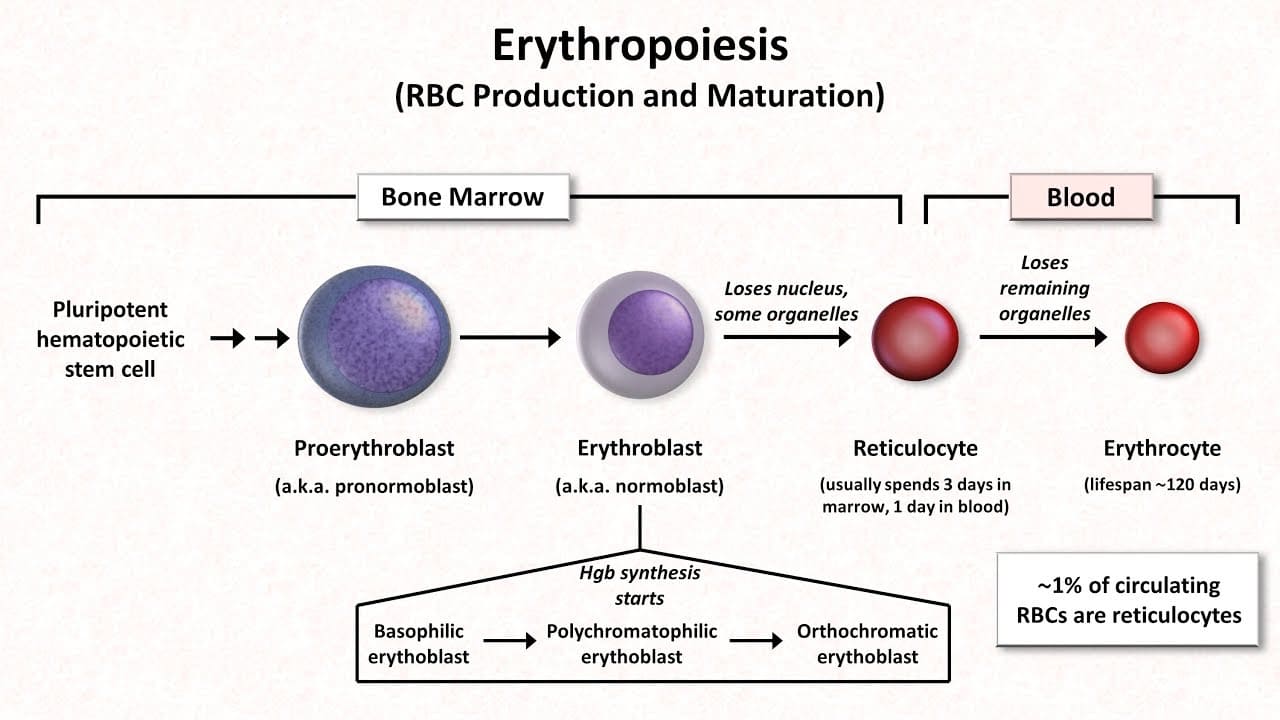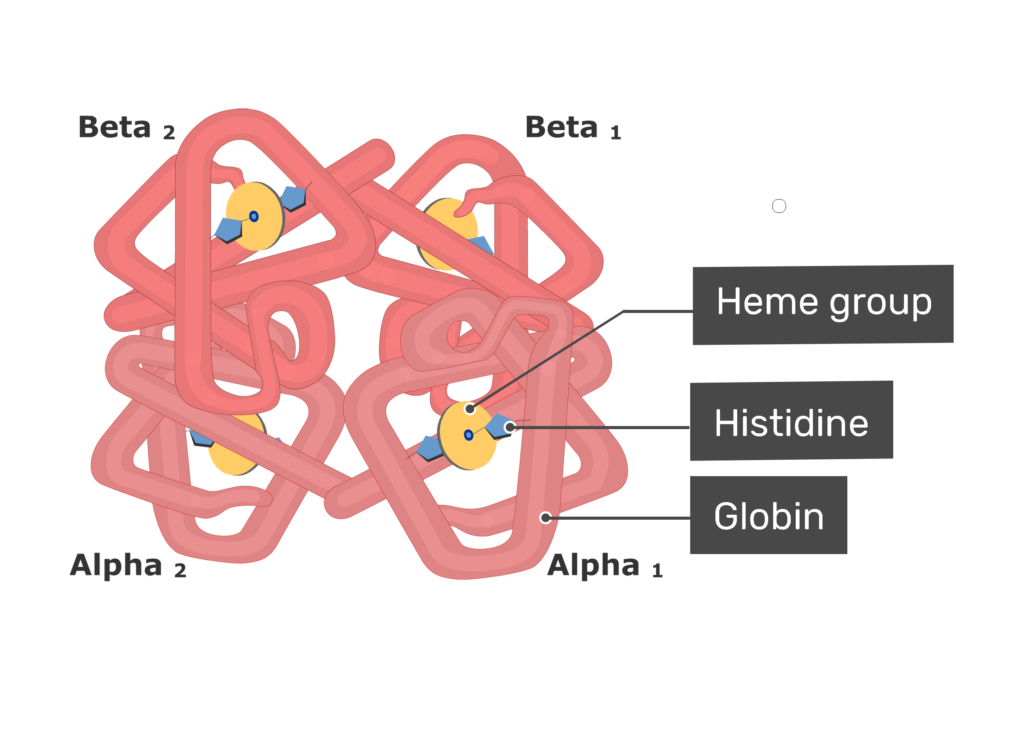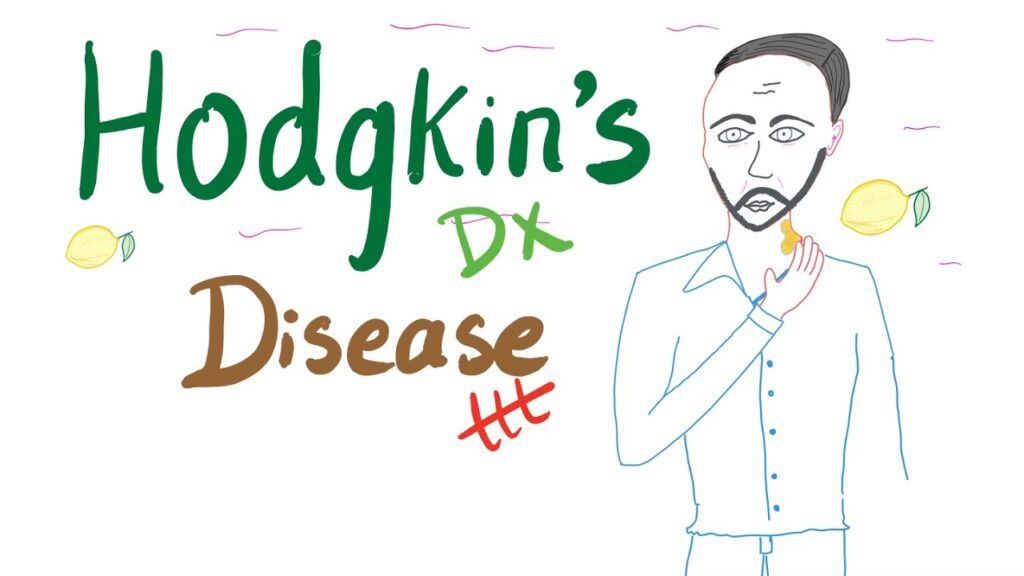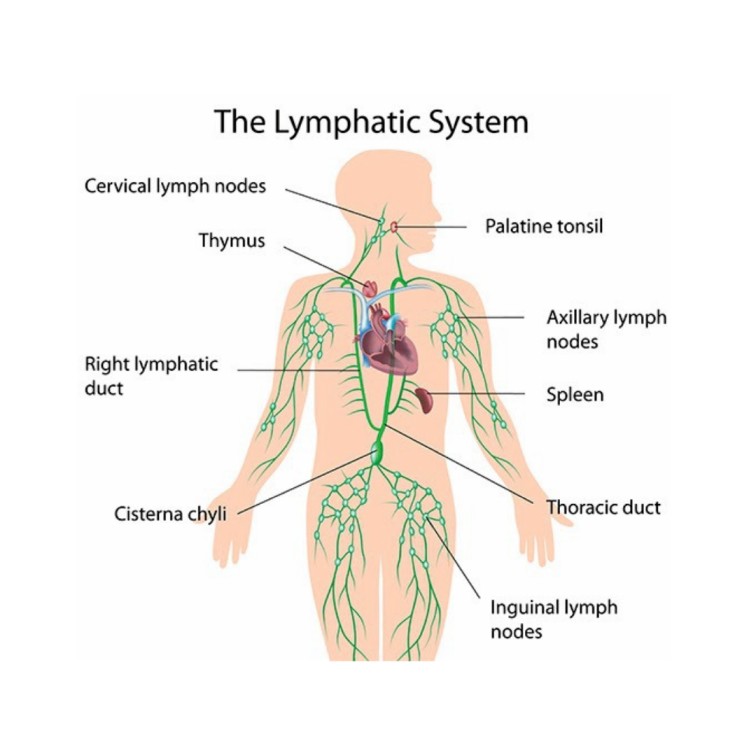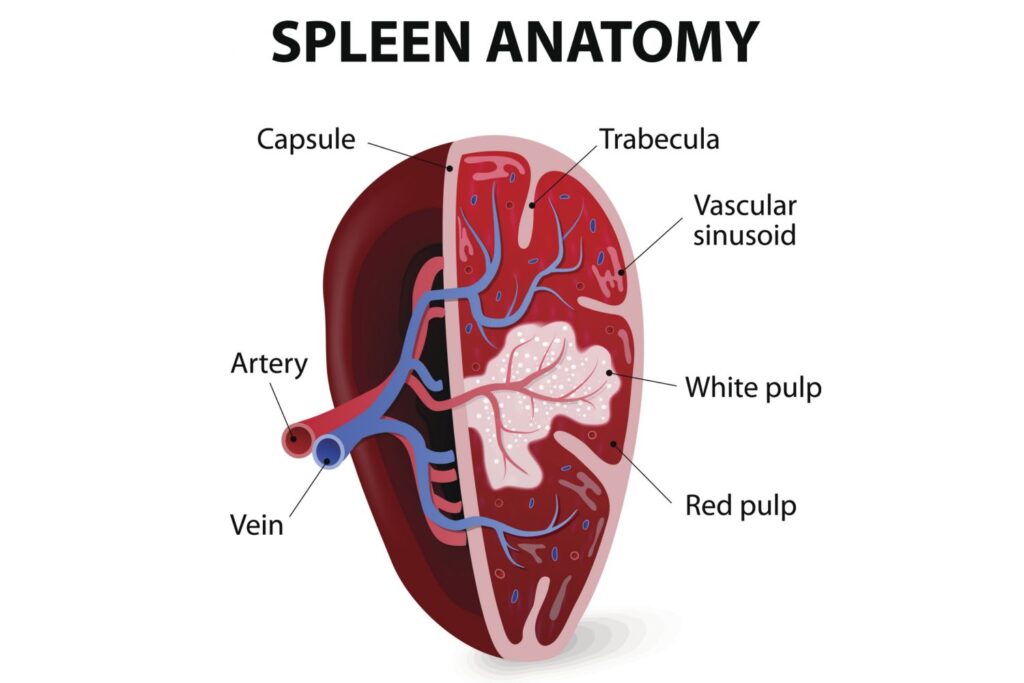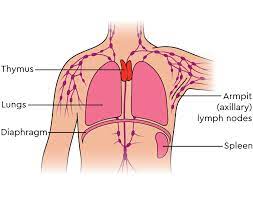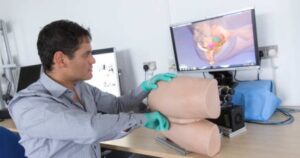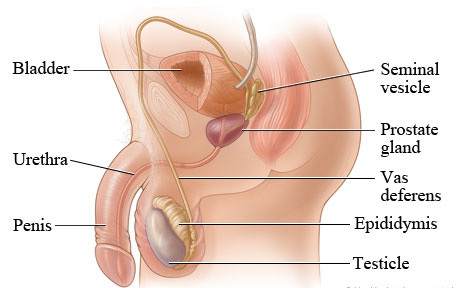Assessment of the Mentally Ill
Mental Health Assessment
The psychiatric interview is the most important tool in psychiatry. It is the primary tool used to understand a patient’s problems, elicit signs and symptoms, uncover etiologies, and identify complications. This process is essential to making an accurate diagnosis, initiating treatment, and predicting outcomes.
A mental health assessment is a comprehensive evaluation of a person’s emotional, cognitive, and behavioral functioning. It’s a process used to diagnose mental health conditions, understand a person’s strengths and challenges, and develop a treatment plan.
Overview of the Assessment Process
The mental health assessment involves several key steps:
- History Taking: Gathering information from the patient and, when possible, collateral sources (family, friends, or other close contacts).
- Psychiatric Interview and Assessment: A comprehensive exploration of the patient’s mental state using structured interviews and observations.
- Physical Examination: Evaluating physical health, which may influence or mimic psychiatric conditions.
- Investigations: Requesting relevant investigations including biological tests (blood, urine, X-rays), psychological testing, social evaluations (home visits, environmental assessments), and any other assessments deemed necessary.
Conditions for an Effective Consultation
For the consultation to yield high-quality information, several environmental and practical factors must be met:
Factor | Details/Considerations |
Adequate Time | Ensure that sufficient time is allocated so that the patient does not feel rushed. |
Privacy | Conduct the interview in a private setting to encourage openness and honesty. |
Tidy Environment | A neat and organized consultation room can positively influence the patient’s mood and level of comfort. |
Minimized Interference | Avoid interruptions (e.g., answering phone calls) to maintain the focus of the consultation. |
Professional Appearance | The appearance and grooming (e.g., well-kept nails, eyebrows, lips, and hair) of the health worker can affect the patient’s willingness to share personal details. |
Establishing a Therapeutic Relationship
The quality of information gathered in a psychiatric interview greatly depends on the level of trust and confidentiality the patient perceives. A strong rapport encourages the patient to share personal and diagnostically important details. The following elements are essential to establishing an effective therapeutic relationship:
- Respect: Treat the patient with respect regardless of appearance or socioeconomic status. This respect is often immediately sensed by the patient.
- Compassion: Display genuine concern and empathy for the patient’s suffering and distress.
- Genuineness and Non-Judgment: Approach the patient with a sincere, non-judgmental attitude. This helps build trust, making it easier for patients to open up about sensitive issues.
- Cultural Sensitivity: Be aware of and respect cultural differences. For example, when taking a sexual history or discussing personal matters, consider cultural norms (such as attire or communication styles).
- Flexibility with Accompaniment: If a patient prefers to have a relative or friend present, allow this unless confidentiality is required for certain parts of the discussion.
Essential Must-Do’s for the Interview
- Explain the Purpose: Clearly inform the patient about the reasons for the interview.
- Reassurance: Provide reassurance regarding the need and benefits of the interview.
General Principles of the Psychiatric Interview
A successful interview involves active participation from both the clinician and the patient. Key principles include:
- Active Observation: Notice behavioral cues such as gait, physical appearance, and facial expressions.
- Two-Way Assessment: Recognize that the patient is also evaluating you. Show genuine attention, listen carefully, and engage with empathy.
- Acceptance: Understand that every behavior has meaning. Avoid making premature assumptions and strive to fully comprehend the patient’s perspective.
- Avoiding Arguments: Maintain assertiveness without engaging in confrontations. Focus on understanding rather than debating.
- Emphasis on Feelings: Encourage the patient to express their emotions (for example, allow space for tears and exploration of emotionally charged topics).
- Interpersonal Focus: Nurture a sense of connection and trust during the interaction.
- Tolerance of Silence: Recognize that pauses can be valuable, allowing the patient time to reflect and respond.
Psychiatric History Components
A comprehensive psychiatric history is gathered from the patient and, when possible, from family members or close contacts. It includes the following sections:
1. Identifying Data
Name | Patient’s full name |
Age | Chronological age |
Tribe/Ethnicity | Cultural or ethnic background |
Occupation | Employment status and type of work |
Religion | Religious affiliation |
Next of Kin | Primary contact or emergency contact |
Marital Status | Current relationship status |
Education | Highest level of education achieved |
2. Referral System
Source of Referral | Who referred the patient (e.g., health worker, family member, police) |
Reason for Referral | The main concerns or symptoms prompting the referral |
Chief Complaints | Primary issues as reported by the patient, along with the duration of symptoms |
3. History of Present Illness
Exploration of Problems | Detailed discussion of the current issues and emotional state. |
Diagnostic Focus | Information should guide differential diagnoses, identify stressors, and note any complications. |
4. Past Psychiatric and Medical History
Previous Illnesses | Past physical and emotional health issues |
Investigations and Results | Relevant tests (including HIV tests) and their outcomes |
Previous Diagnoses | Prior psychiatric diagnoses |
Treatment History | Treatments received and their outcomes |
5. Family History(Information to Gather)
Family Members | Note each member’s relationship with the patient |
Current Health Conditions | Health status of family members |
Dependency Issues | Whether any relative is dependent on the patient and how that affects the patient emotionally |
Presence of Mental Illness | Any history of mental illness among nuclear or extended family |
6. Personal and Developmental History
Early Development | Details about pregnancy, birth, and early childhood (up to 6 years, particularly important in children). |
Childhood to Adolescence | School performance, peer group activities, and early social experiences. |
Adolescence to Young Adulthood (up to 19 years) | Sexual history, personal interests, and identity formation. |
7. Occupational and Marital History
Occupational History | Details |
Nature of Work | Type of job and job description |
Job Satisfaction and Issues | Level of satisfaction and any workplace challenges |
Marital History | Details |
Age at Marriage | The age when the patient got married |
Spouse’s Occupation | Occupation and background of the spouse |
Family Health | Health status of the spouse and children |
Marital Relationship | Quality and dynamics of the marital relationship |
8. Forensic History
- Legal Encounters: Document any previous problems with the law or involvement in legal matters.
Mental Status Examination (MSE)
The Mental Status Examination (MSE) is the psychiatric equivalent of a physical examination in medical assessments. It provides a structured way to evaluate a patient’s mental health by systematically observing and documenting their psychological and cognitive functioning.
MSE observations begin the moment the clinician meets the patient and continue throughout the interaction until the patient leaves.
The MSE is a systematic appraisal of the patient’s appearance, behavior, mental functioning, and overall demeanor.
It is divided into several components:
The main elements of the MSE can be remembered with the mnemonic ASEPTIC:
- A: Appearance and Behavior
- S: Speech
- E: Emotion (Mood and Affect)
- P: Perception
- T: Thought Content and Process
- I: Insight and Judgment
- C: Cognition
1. Appearance and Behavior
Observation | Examples/Observations | Sample Questions/Comments |
Apparent Age | Compare stated age vs. observed appearance (Does the patient look younger or older than stated?) | “Can you confirm your age?” (This also helps compare self-report with observation.) |
Dress | Clothing style and condition (casual, formal, disheveled, poorly maintained) | “How do you decide what to wear each day?” (Or simply note your observations.) |
Grooming & Hygiene | Overall grooming, cleanliness, and personal care (well-groomed vs. disheveled; good vs. poor hygiene) | “Have you been taking care of yourself recently?” (Observation is usually key.) |
Gait | The way a person walks (brisk, slow, intoxicated, ataxic, rigid, shuffling, staggering, uncoordinated) | “I’ve noticed a certain way you move—have you felt any changes in your energy or balance?” |
Psychomotor Activity | Overall motor activity (normal, reduced, or excessive movements) | “Do you feel more or less energetic in your movements than usual?” |
Abnormal Movements | Involuntary movements (grimaces, tics, tardive dyskinesias, foot tapping, ritualistic behaviors) | “Have you experienced any involuntary movements or twitches?” |
Eye Contact | Level and quality of eye contact (good or poor) | “Do you feel comfortable maintaining eye contact during conversations?” |
Attitude | Interpersonal stance (cooperative, belligerent, oppositional, submissive, etc.) | “How are you feeling about discussing your current situation today?” |
2. Speech
Observation | Examples/Observations | Sample Questions/Comments |
Speech Rate | Speed of speaking (rapid, pressured, or slowed) | “Do you feel you speak more quickly or more slowly than you normally do?” |
Speech Rhythm | Flow of speech (hesitant, rambling, halting, stuttering, jerky, with long pauses) | “Do you ever feel that your thoughts are hard to get out in order?” |
Tone of Voice | Quality of tone (appropriate or inappropriate for the context) | (Often observed; you may comment, “Your tone seems different today.”) |
Volume | Loudness of speech (loud, soft, whispered, yelling, inaudible) | “Have you noticed any changes in how loudly or softly you speak?” |
Clarity & Quantity | Articulation, pronunciation, and amount of speech (clear, accented, slurred; responds only when asked, overly repetitive, verbose) | “Do you think people understand you easily when you speak?” |
3. Emotion (Mood and Affect)
Observation | Examples/Observations | Sample Questions/Comments |
Mood | The patient’s subjective report of their emotional state (e.g., “good,” “depressed,” “anxious”) | “How have you been feeling emotionally lately?” |
Affect | The observable expression of emotion (e.g., appears down, euphoric, blunted) and whether it matches the reported mood (congruent vs. incongruent) | “Does the way you feel inside match how you’re expressing yourself now?” |
Range & Stability | Range: Broad versus restricted emotional expression; Stability: Fixed versus labile (rapid changes) | “Have you noticed any sudden changes in your mood during the day?” |
4. Perception
Observation | Examples/Observations | Sample Questions/Comments |
Hallucinations | Sensory experiences without external stimuli (auditory – hearing voices; visual – seeing things; olfactory – unusual smells) | “Have you experienced any sensations, like hearing voices or seeing things that others do not?” |
Illusions | Misinterpretations of real sensory stimuli (e.g., mistaking a shadow for a person) | “Do you sometimes perceive things differently from others around you?” |
Depersonalization/Derealization | Feelings of unreality regarding self (depersonalization) or surroundings (derealization) | “Do you ever feel as if you’re not real, or that the world around you isn’t real?” |
5. Thought Content and Process
A. Thought Process
Observation | Examples/Observations | Sample Questions/Comments |
Coherence & Organization | How well thoughts are connected (logical, coherent, relevant) versus disorganized (circumstantial, tangential, flight of ideas, loosening of associations) | “Do you find it easy to organize your thoughts when you speak?” |
Specific Abnormalities | Instances of thought blocking (sudden stops), word salad (incoherent jumble), echolalia (repeating others’ words), or neologisms (making up new words) | “Have you noticed moments where your thoughts seem to just stop or jumble together?” |
B. Thought Content
Observation | Examples/Observations | Sample Questions/Comments |
Delusions | Fixed false beliefs (paranoid delusions: e.g., “people are watching you”; delusions of grandeur: e.g., “I have special powers”) | “Have you had any strong or unusual beliefs recently—such as feeling that people are out to get you or that you possess extraordinary abilities?” |
Suicidal Ideation | Thoughts about life not being worth living or ending one’s life | “When things get overwhelming, have you ever felt that life isn’t worth living? Can you tell me more about those thoughts?” |
Homicidal Ideation | Thoughts about hurting others | “Have you ever had thoughts about hurting someone else?” |
6. Insight and Judgment
Observation | Examples/Observations | Sample Questions/Comments |
Insight | Awareness of one’s own mental health (good insight: recognizes illness and need for treatment; partial: acknowledges a problem but is reluctant; poor: denies issues) | “What do you think is contributing to your current difficulties?” |
Judgment | The ability to make sound decisions (good, fair, or impaired based on the patient’s reasoning and decision-making skills) | “Can you walk me through how you make decisions when faced with a difficult situation?” |
7. Cognition
Observation | Examples/Observations | Sample Questions/Comments |
Level of Consciousness | Overall alertness (alert, confused, lethargic, stuporous) | (Generally observed, but you might ask, “How aware do you feel right now?” if needed.) |
Orientation | Awareness of person, place, and time (e.g., “What is your name? Where are you right now? What is the date today?”) | “Can you tell me your full name, your current location, and today’s date?” |
Attention/Concentration | Ability to focus (good vs. poor concentration) | “Do you feel that you have any difficulty staying focused on tasks?” |
Memory | Short-term memory (recalling recent events) and long-term memory (recalling distant events) | “What did you have for breakfast this morning?” (for short-term) and “Can you describe an important memory from your past?” |
Intellectual Functioning | Overall cognitive abilities as inferred from speech and comprehension (below average, average, or above average) | “How do you solve everyday problems? Could you explain your thought process when faced with a challenge?” |
Developing the Nursing Care Plan
Based on the findings from the interview, history, MSE, and physical examination, a nursing care plan is developed. This plan should include:
- Assessment: Group findings into objective (observable) and subjective (reported) data.
- Nursing Diagnosis: Identify the patient’s needs and formulate clear nursing diagnoses.
- Goal Setting: Establish realistic, measurable goals for the patient’s treatment and recovery.
- Planning and Implementation: Identify the methods, resources, and interventions required. Implement the care plan with a focus on holistic recovery.
- Evaluation: Continuously assess and adjust the care plan based on the patient’s progress and feedback.
Assessment of the Mentally Ill Read More »



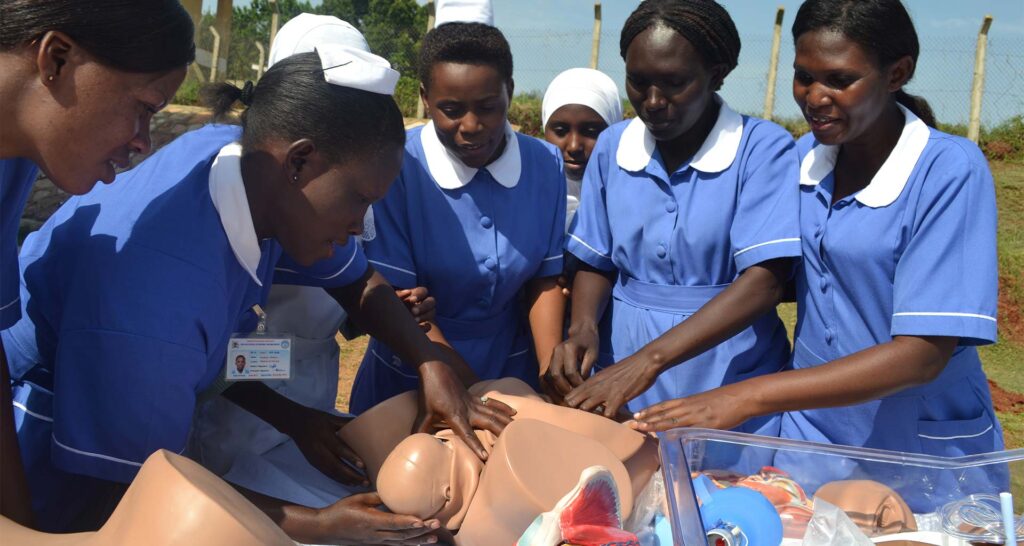


 Image Placeholder - Stages in the development of blood cells diagram
Image Placeholder - Stages in the development of blood cells diagram
